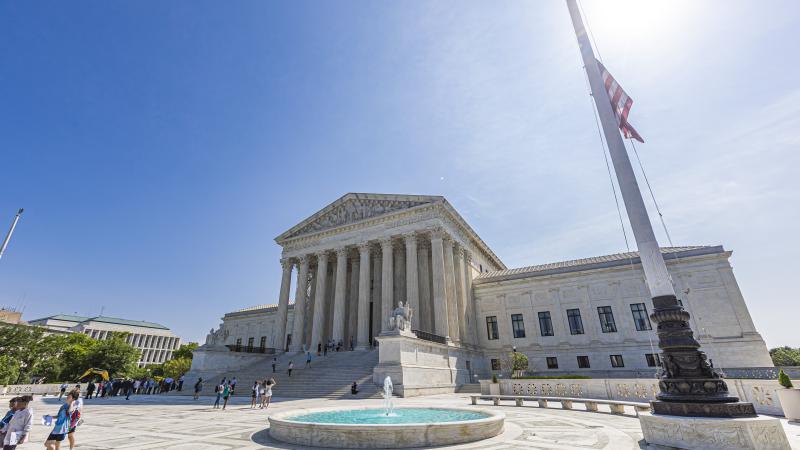Ann Arbor again receives $1 million from EPA for climate resiliency projects
The funding comes from the Environmental Justice Government-to-Government, or EJG2G, program, which allows the EPA to send money directly to governmental entities collaborating with community-based nonprofits that promote climate justice initiatives
The city of Ann Arbor is receiving $1 million from the Environmental Protection Agency to develop many of the same “climate resiliency” projects it received funding for last year.
The funding comes from the Environmental Justice Government-to-Government, or EJG2G, program, which allows the EPA to send money directly to governmental entities collaborating with community-based nonprofits that promote climate justice initiatives. The city of Ann Arbor will partner with the Community Action Network and the Peace Neighborhood Center.
“Thanks to the incredible funding support from the U.S. EPA, the City of Ann Arbor is able to take demonstrable steps towards creating a more resilient region by investing in brick and mortar resilience hubs, a regional resilience network, a resilience ambassador program, and so much more,” said Missy Stults, Ann Arbor’s sustainability and innovations director.
Ann Arbor already received a $1 million EJG2G grant last November for the same projects, namely, investing in brick-and-mortar “resilience hubs,” launching a regional resilience network, and creating a resilience ambassador program.
The city defines its resilience hubs as “community-serving facilities augmented to support residents and coordinate resource distribution and services before, during, or after natural hazard events,” that “provide an opportunity to effectively work at the nexus of community resilience, emergency management, climate change mitigation, and social equity while providing opportunities for communities to become more self-determining, socially connected, and successful before, during, and after disruptions”
Ann Arbor adopted a Climate Action Plan in 2012 that aims for a 90% reduction in community emissions by 2050, and has pledged to generate 100% of municipal energy from renewable sources by 2035.
“Having the ability to adapt and adjust to the extreme weather and natural disasters caused by climate change is absolutely crucial to protecting vulnerable communities and creating a sustainable future,” EPA Regional Administrator Debra Shore said in a Thursday release. “Ann Arbor is on the forefront of this issue and EPA is proud to support this work.”














